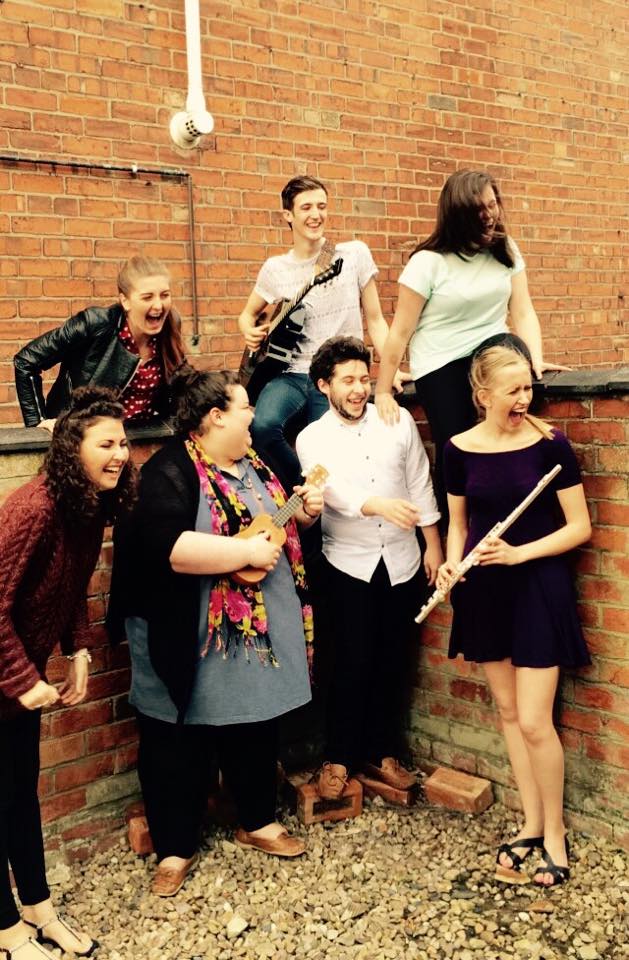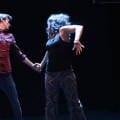Well that’s it, after all the rehearsals, the build-up and the hard work, When You See It is finally finished. I don’t think any of us could have anticipated the response that we received from many of the audience members after the show. It was both exciting and rewarding to realise that our piece had moved people from laughter to tears as it had us over the past few months. Throughout the process of creating the piece, we have questioned and at times doubted our work but through rehearsal and development we increasingly grew to love all that it represented and therefore it was amazing to see other people loving it too. As the audience entered the auditorium, we sat on the stage and were able to chat amongst ourselves comfortably and happy in the knowledge that there was no turning back – When You See It would now be shared with an audience. It seemed that the experience of the whole show was over in a moment, and yet as we expected, the audience played such a significant role in enhancing the experience. To hear laughter after jokes where in rehearsals there had been silence, and to hear people whispering as they noticed things throughout the show really motivated and spurred us on. Personally, I feel that this energy really shone through in our performance.
Forming and performing with the theatre company, Refract has been an invaluable professional experience for me. Not only has it allowed me to work with a great and talented group of people, which I have thoroughly enjoyed, but it has also given me an awareness of what it takes to create a successful theatre company. To work alongside peers taking professional responsibility for directing, lighting, finance and much more, has helped to highlight the effort that is required to produce a high quality company and subsequent performance and yet how rewarding it can be.

Having now had time to stand back and reflect, I am so incredibly proud of the piece that we were able to create and perform. It has truly been an amazing experience on which to end my university life…


























